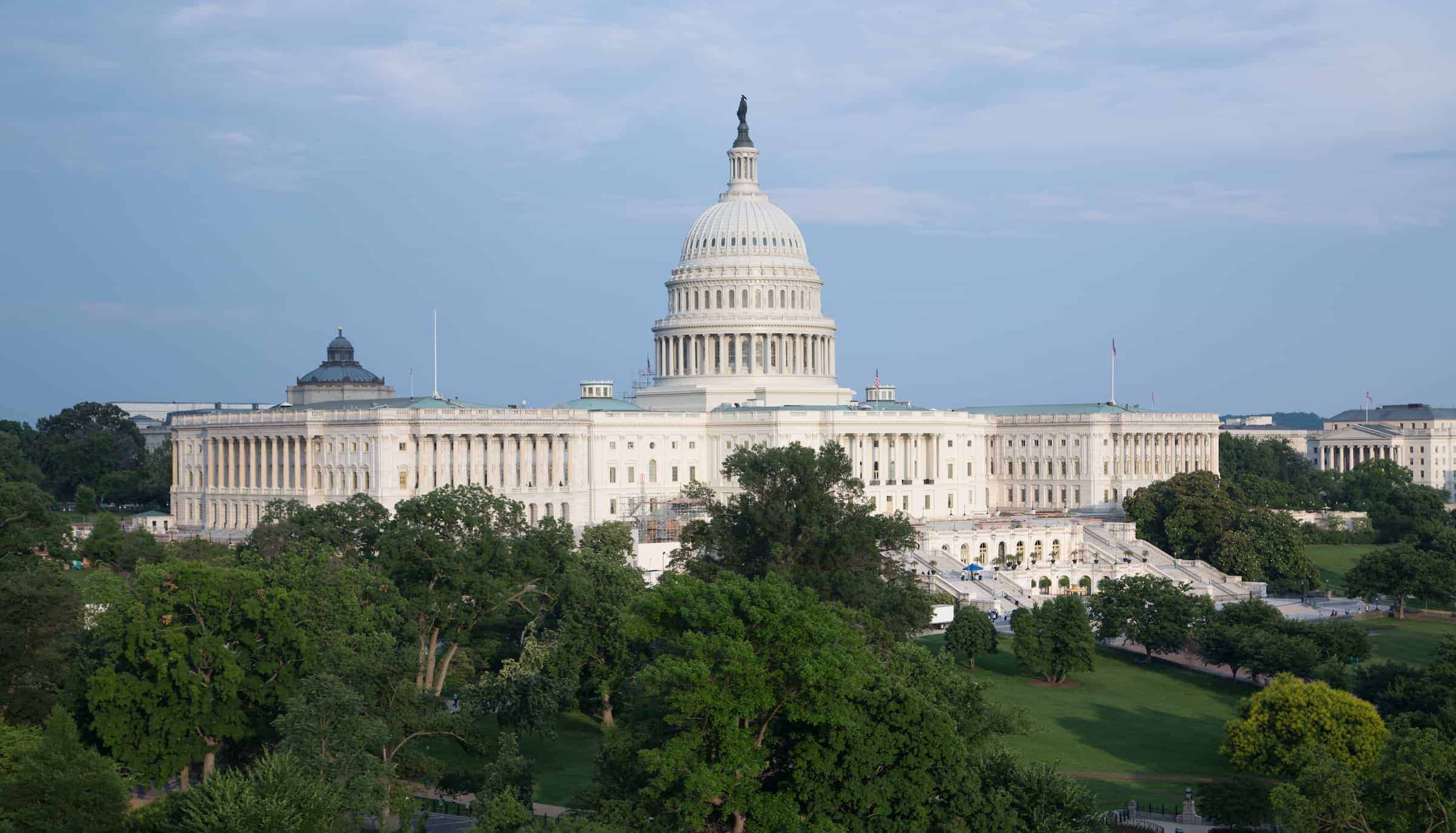Manufacturers Push For Fast-Track Recall Legislation

Last week, the U.S. House of Representatives’ Energy & Commerce Committee’s Subcommittee on Consumer Protection and Commerce held a legislative hearing on proposed improvements to the Consumer Product Safety Commission (CPSC), including one bill applauded by manufacturers across the country. H.R. 3169, known as the FASTER Act, would codify and strengthen the “fast-track” recall program, making it easier for companies to issue a voluntary recall if they determine that one of their products is unsafe.
Instituted by the CPSC nearly 25 years ago, the existing fast-track program is intended to provide companies with the ability to quickly recall a product if necessary, eliminating procedural steps like the CPSC staff’s technical evaluation of a product to determine if a defect exists that could harm consumers. That procedure, called a preliminary determination, can take several months. By streamlining the time-consuming review, manufacturers can quickly ensure the safety of consumers when they have already determined that a recall is necessary.
However, the fast track program has frequently been slowed down by bureaucratic Commission obstacles that have delayed even voluntary recalls by months.
“The CPSC’s fast-track program, once an award-winning agency program allowing for swift voluntary recalls, has become hampered by bureaucratic disagreements over non-substantive concerns, such as the wording of press releases and other hold-ups that create unnecessary hurdles to ensuring the safety of products on the market,” said Graham Owens, NAM Director of Legal and Regulatory Policy. “In other words, the program’s signature quality—that of being fast—seems to have been recalled itself.”
The bill Congress is considering would make the agency-created fast-track program permanent, while also clearly laying out how the process should work to prevent red tape from creeping back in. Meanwhile, the Commission would still have the power to make companies go through the long-form recall process on a case-by-case basis if it determines the expedited process was insufficient, ensuring that the Commission continues to hold regulatory authority.
“The FASTER Act would alleviate bureaucratic and non-substantive red tape by codifying the fast-track program into law—and by preventing the commission from delaying the posting of public notices of recall plans,” said Owens. “These simple steps would immediately speed up voluntary recalls to the benefit of consumers, manufacturers, and even the Commission itself.”
After fighting for many years to fix these administrative delays, manufacturers are hopeful that Congress will finally update the fast-track process.
“This hearing is a great start toward ensuring manufacturers are able to voluntarily recall products in an efficient and effective manner,” said Owens. “The FASTER Act, if passed, would improve the agency’s effectiveness in discharging its critical mission, and we commend the Subcommittee for focusing on common sense reforms. Manufacturers stand ready to work with Congress and the CPSC to achieve this laudable goal.”
